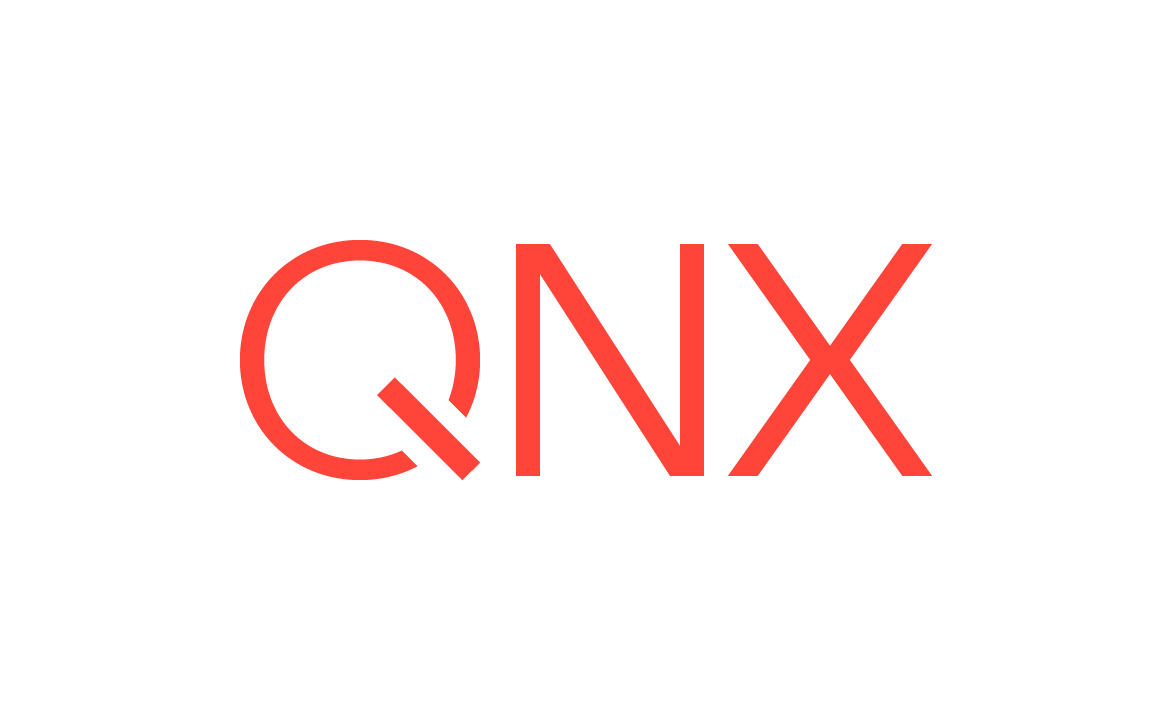dloader
Write a boot loader to a disk on an x86 system
Syntax:
dloader [-v] [-d drive_number] [-F|H] device loader [device loader]...
Runs on:
QNX OS
Options:
- -d drive_number
- Set the BIOS drive number for booting the second-stage loader (*pc2). This lets you set up the loader to boot when the drive is configured as either a primary or secondary drive. Common values for drive_number are 80 for the first hard drive, and 81 for the second one.
- -F
- Use the removable-disk loader (originally for floppies, hence the
F
). - -H
- Use the hard-disk loader.
- -v
- Be verbose.
- device
- The name of the disk partition mountpoint, or the raw device name if no partition table is required.
- loader
- The full path of the loader. You must specify a loader for each device argument.
Description:
The dloader utility writes boot loaders to disks on x86 systems. We provide loaders in $QNX_TARGET/x86_64/boot/sys on a development host, but you can provide your own custom loaders. In either case, you need to include the loaders in your OS image.
You must specify at least one device and loader. Specifying multiple pairs lets you write stage 1 and stage 2 loaders to disk using a single dloader invocation.
- prefixpc1*
- This is the standard first-stage (partition) loader on a PC. This loader has to fit in less than one block (block 0—the first block—of the physical disk); the BIOS itself will have jumped to this block content when the hardware board was first powered on. The first-stage loader's job is basic; it just identifies a bootable OS partition, reads one block from the start of that partition into memory, then jumps into (begins executing) it. The BIOS expects to find this boot loader on the first system disk. The fdisk utility can also write this loader.
- prefixpc2*
- This is the standard second-stage (OS-specific) loader on a PC. This loader's job is more complicated because it needs to understand the particular filesystem format and boot the OS. For this reason, there are more variants for this loader type, often based on the filesystem. Depending on the variation, this loader can be a single or multiple blocks but its first block is always written to the first block of the OS partition.
More details about these two loader types and what exactly they do during system startup are
given in the x86 disk boot IPLs
section of Building Embedded
Systems. Because the two loaders get written to different physical locations, you have to be
careful to match the drive name given in the device option (e.g.,
/dev/hd0 or /dev/hd0t179) with the loader code that you
are writing to that device.
- ipl-diskpc1
- ipl-diskpc1-nomsg
- ipl-diskpc2-fsq6 — for use with the Power-Safe (fs-qnx6.so) filesystem. You can't write this file with dloader; you must use mkqnx6fs with the -B option (which puts it in place by default).
If you wish to write and use your own loaders, you must include this
ipl-disk naming prefix but you can provide your own unique variant names.
You have to specify the exact path, including the prefix.
Assuming you specified a device and loader correctly, dloader opens the device in the specified path and, if you selected the verbose option, displays the device's disk and partition information. The specified loader data are then put together and written to the disk.
Examples:
dloader /dev/hd0 /home/joe/ipl-diskpc1
dloader -d 81 /dev/hd1 /home/joe/ipl-diskpc1-tst
removabledisk:
dloader -F /dev/dsk1 /home/joe/ipl-diskpc1
Exit status:
- 0
- The loader was written to the disk.
- Any other value
- An error occurred. In these cases, dloader sends a description of the error to stderr.
